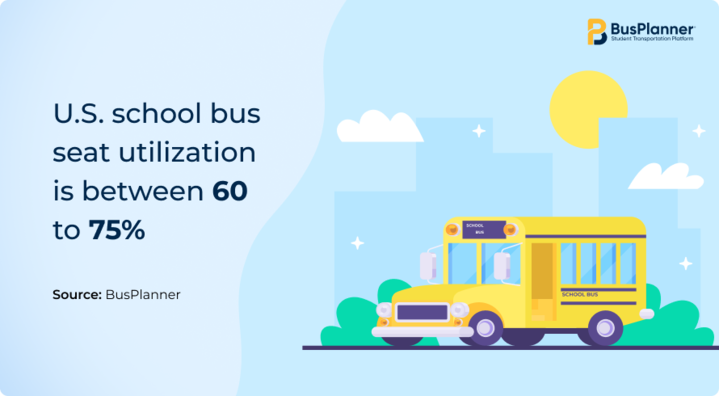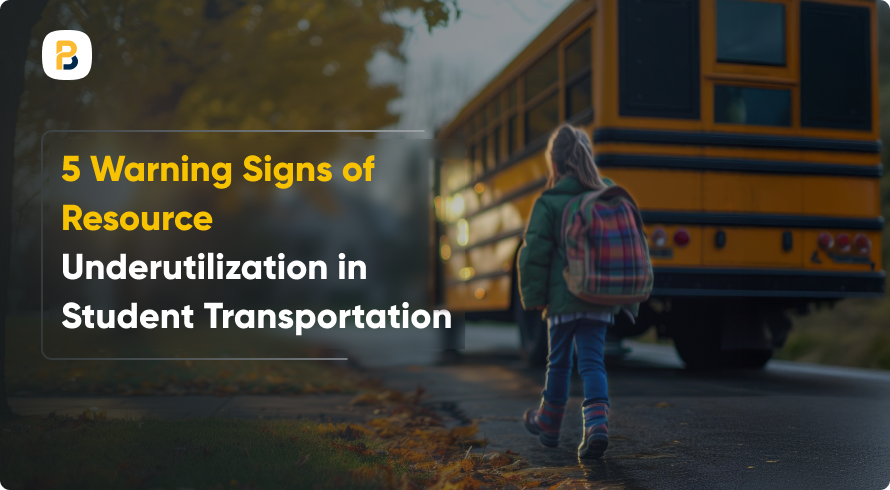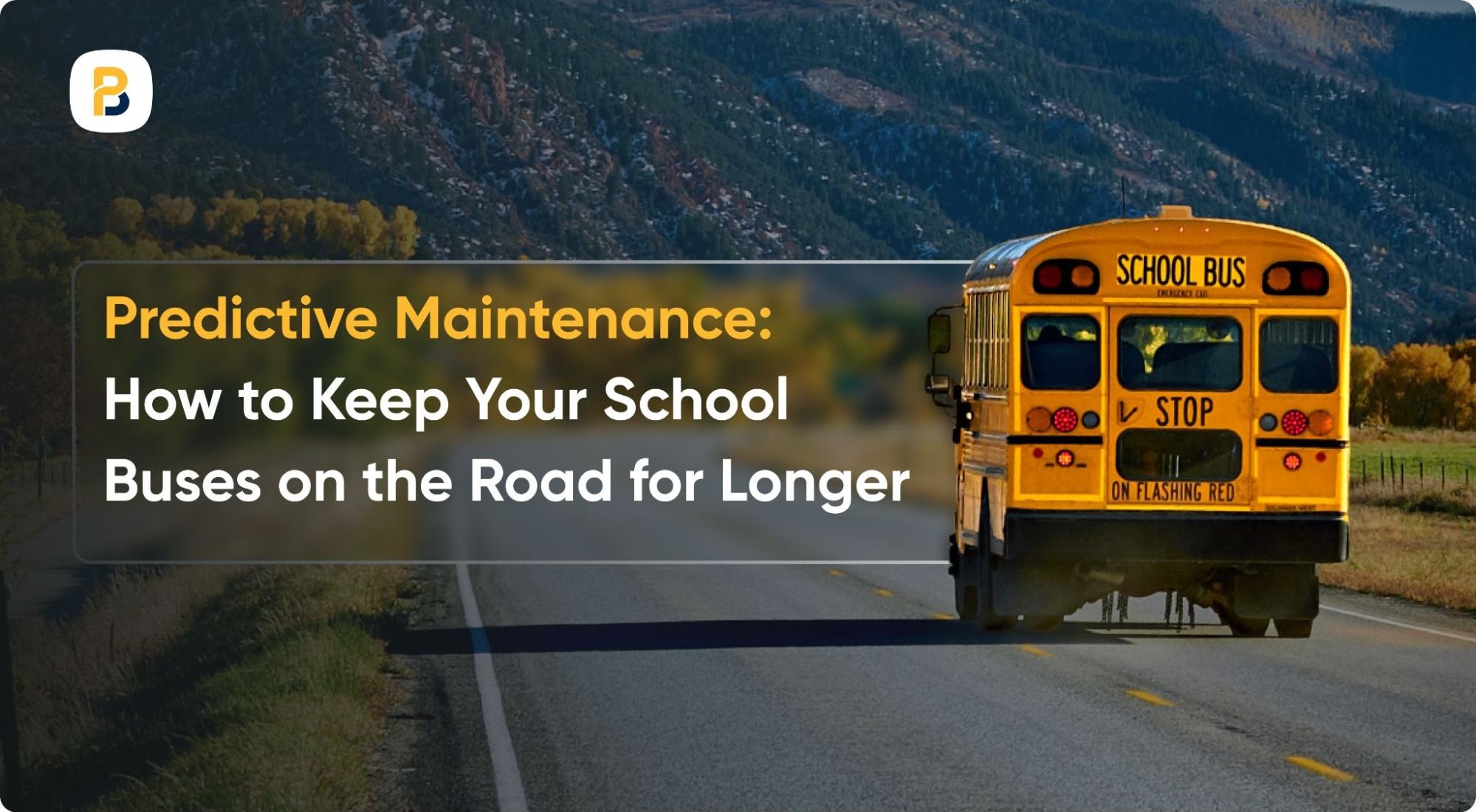Tightening budgets call for better utilization of school districts’ resources, especially in student transportation. Underutilization of resources can significantly increase costs for providers and the environment, while leaving stakeholders unhappy.
For many school districts, underutilization of resources may not be obvious. To ensure your transportation team is operating efficiently, we’ll explore five warning signs of resource underutilization in student transportation and discuss strategies to address this challenge.
1. There Are Too Many Overlapping Routes
School districts can waste a significant amount of time and fuel by operating multiple school buses on similar routes. Not only does this lead to empty buses, as we discussed earlier, but it also decreases the area each bus in your fleet can effectively cover.
Redundant routes increase vehicle miles traveled, as well as fuel and maintenance costs, and contribute to increased emissions. Using a student transportation platform can help address this challenge, as it enables districts to optimize existing routes and eliminate redundancies.
2. There’s Too Much Slack Time
Idling school buses waste millions of gallons of fuel annually and increase engine wear and tear. It’s one of the most significant signs that there’s resource underutilization in the student transportation department. Drivers sitting idle, with large blocks of non-productive time, are a red flag for the industry.
Most school bus drivers are paid hourly wages and receive compensation regardless of their productivity. Districts can use school bus GPS software to track how long buses are stopping, and use the data to reduce slack time.
3. Your Buses Are Empty
With the school bus driver shortage running rampant, there’s a high chance that some of your buses are being underutilized, while others are crowded. While running buses with below-average occupancy is not profitable, overcrowded buses pose significant safety concerns for students.
The solution? A school bus routing software can help you analyze ridership trends and assign the right-sized buses to each route. Additionally, optimization tools can help you strategically place stops and minimize redundancies in your routes.

4. High Cost Per Student
Cost per student transported is an excellent indicator of how resources are being utilized in student transportation. If there is room to reduce the per-student cost of transportation, then it’s a sign that resources are being underutilized or mismanaged.
The average cost of transport on school buses in the U.S. is roughly $1,200 per student. Costs in underutilized systems can be much higher due to underused vehicles, poorly mapped routes, and inefficient fleet deployment.
A financial planning software for school buses provides in-depth insights into per-student transportation costs, enabling districts to pinpoint inefficiencies and address their root causes.
5. Manual Planning Without Modern Systems
Manual planning can hinder a school district’s performance and put it at a competitive disadvantage. Relying on spreadsheets, daily planning meetings, and trying to figure out routes without using the latest technology is a major warning sign.
Technology can not only help simplify processes, but can also drive immediate returns.
Be Proactive Rather Than Reactive
When it comes to student transportation, efficiency isn’t just a goal – it’s a responsibility.
Resource underutilization can significantly harm the student transportation department. From fuel wastage to labor inefficiencies and extended trip times, costs can accumulate quickly, leaving planners’ heads spinning. Many tools are available to correct the inefficiencies and go the extra mile to save thousands of dollars annually.
Contact us to learn how a student transportation platform like BusPlanner provides numerous tools that help school districts allocate resources efficiently and identify any system issues.







